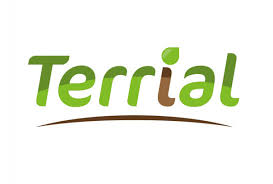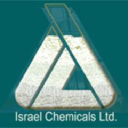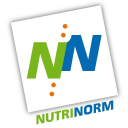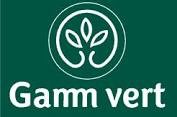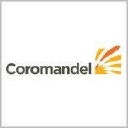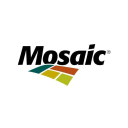Synthèse
Since 2020, the global fertilizer market has witnessed significant disruptions due to external factors such as soaring raw material prices and geopolitical tensions, particularly the Russian-Ukrainian conflict. Natural gas, which can comprise up to 80% of production costs for certain fertilizers, experienced a dramatic price increase after the health crisis, hampering production and leading to skyrocketing prices for fertilizers. The reduction in exports from major players like Russia, which had paused exports and only resumed at the end of 2022, created a shortage in Europe, where the production of fertilizers was adversely affected, with up to 70% of operations halted in September 2022. As a response to these conditions, many farmers opted to use less fertilizer or switched to crops that require less of it.
In France, fertilizer sales within the manufacturing sector surged to €4.059 billion in 2022, but the industry is not immune to global conditions, and demand has seen a decline in parallel with the challenges in the market. Despite the boom in global demand which is reflected in a projected CAGR of 3.3% from 2023 to 2032, the French market has been experiencing a dramatic shift towards natural fertilizers, with UNIFA reporting a 24% drop in mineral fertilizer deliveries in the 2022/2023 period. Overall, the fertilizer market is undergoing a transformation as it navigates through supply constraints, price hikes, and the changing preferences of farmers in response to environmental considerations.
Market Insights: The Complex Landscape of Fertilizer Demand in France
The French fertilizer market, a crucial component of modern agriculture, is witnessing a phase of transformation and challenge. The necessity to maintain crop yields drives the persistent need for fertilizers, dichotomized into natural and chemical categories based on composition and production processes. However, recent crises, notably the soaring raw material prices and geopolitical tensions stemming from the Russian-Ukrainian conflict, have significantly impacted market dynamics and demand. France has a long-standing reliance on fertilizer imports due to its lack of domestic resources for production.
The turbulence caused by external factors has resulted in a steep increase in fertilizer prices, pushing farmers into difficult positions. With Russia, previously the second-largest fertilizer exporter globally, cutting back its exports, European countries, including France, faced acute shortages. Despite a resumption of exports from Russia and a subsequent price decline, the French market is experiencing muted demand. Farmers are adapting by reducing fertilizer use or opting for crop varieties that are less demanding in terms of fertilizer inputs. In response to environmental concerns, the push toward natural fertilizers is becoming evident, challenging the dominance of chemical fertilizers in the market.
Yet, the production of natural fertilizers in France appears to be somewhat stagnant, underlining the complexity of this market transition. The French fertilizer market is not only a reflection of Europe's broader struggles but also of the specificities of French agriculture itself. The overall trend displays a lengthy period of declining mineral fertilizer consumption—down by as much as an estimated 45% over three decades. Agricultural practices, market price volatilities, and the rise of organic farming have collectively contributed to this decrease in demand. Fertilizer deliveries have fallen sharply, especially for nitrogen, phosphate, and potassium fertilizers, dropping estimations ranging between 20% to 50%.
The geographic concentration of fertilizer demand aligns with the disposition of agricultural land in France, being more pronounced in the northern and western parts of the country. Interestingly, this doesn't necessarily correlate perfectly with the most agriculturally prolific regions in France, hinting at a more nuanced demand distribution driven by crop types and agricultural practices. Fertilizer demand in France is tightly coupled with the agricultural and agri-food market's trajectory, which commands a leading position in European production, accounting for approximately 18% of the continent's output.
Despite the declining trend in fertilizer usage, France's robust agricultural production—which sees a valuation in the billions—continues to signify the importance of fertilizers for yield optimization.
The offering of fertilizers: Key Fertilizer Market Players Shaping Agricultural Productivity
The global fertilizer market is vibrant and active, with several key players driving the industry forward through innovation, extensive product portfolios, and strategic market positioning. These companies play a critical role not just in sustaining the agricultural needs of their respective regions but also in influencing global agricultural practices and fertilizer standards.
- EuroChem Group AG and PJSC PhosAgro are both powerhouses originating from Russia. EuroChem is a globally operating group, which provides a wide range of fertilizers, while PhosAgro is known for its phosphate-based fertilizers, with a strong emphasis on environmental safety and purity of products.
- Nutrien Limited, born from the merger of Agrium Inc. and Potash Corp., is a Canadian titan that boasts an extensive network and offers a vast range of products, thereby catering to a diverse agricultural clientele. Their merger has resulted in a strengthened global presence and an expanded product line, enhancing their influence in the market.
- Yara International ASA, from Norway, stands out for its commitment to sustainable agriculture. They are at the forefront of producing fertilizers that support farmers in increasing food production in a sustainable way, with a sharp focus on environmental care.
- CF Industries Holdings Inc and The Mosaic Company, both from the United States, command significant portions of the market with their wide selection of products. CF Industries specializes in nitrogen fertilizers, while The Mosaic Company is one of the leading producers of phosphate and potash, essential nutrients for crop growth.
- Coromandel International Ltd, an Indian enterprise, is part of a growing Asian market and has made substantial headway with its comprehensive range of nutrient solutions and farm services, reflecting the rapid development of agriculture in its region.
- OCP S.A., hailing from Morocco, is recognized for its large-scale phosphate production and is a key player in contributing to global food security through the provision of essential fertilizers.
- Israel Chemicals Ltd, representing the innovative drive of the Israeli market, has a solid product lineup that caters to various agricultural and industrial needs, focusing on sustainability and technological advancements.
- K+S Aktiengesellschaft, a German entity, rounds off the list with its broad portfolio, including not just fertilizers but also salt products. The company places a strong emphasis on delivering both premium products and services tailored to modern agricultural methods.
These major players reflect the diverse and evolving landscape of the global fertilizer industry, each contributing their expertise and resources to meet the demands of a growing population and the ever-increasing need for sustainable agricultural practices. Their collective
à la compréhension de ce marché
Détail du contenu
 Informations
Informations
- Nombre de pages : 30 pages
- Format : Version digitale et PDF
- Dernière mise à jour : 02/10/2023
 Sommaire et extraits
Sommaire et extraits
1 Market overview
1.1 Market definition and scope
Modern agriculture relies on the use of fertilizers, which are essential to obtain acceptable yields and thus to pay farmers properly. Fertilizers fall into two categories: natural (or organic) fertilizers, which result from the decomposition of plant or animal matter, and chemical (or mineral) fertilizers, which are of mineral origin and have undergone several chemical transformations in order to possess the required qualities. We also distinguish between straight fertilizers, made up solely of nitrogen, phosphorus or potassium, and complex fertilizers, made up of a mixture of at least two of the above-mentioned substances, or even all three. Nitrogen fertilizers are the most widely used in agriculture today.
The global market is booming, driven by giants such as Brazil and the USA, and is expected to register a CAGR of 3.3% over the period 2023 - 2032 [Precedence Research]. Asia Pacific is the region with the largest market share, at around 60%, and is dominated by China with 53%.
Europe has recently gone through a number of crises that have shaken up the fertilizer market. Indeed, since the end of 2020, raw material prices have soared, sharply increasing fertilizer selling prices. This is due to the central role played by natural gas in the production of certain fertilizers, which can account for up to 80% of the production price. Then the Russian-Ukrainian conflict turned the market upside down. Indeed, since February 2022, Russia, which was the 2ᵉ biggest fertilizer exporter after China, has reduced its exports, leaving European countries deprived of fertilizer.
France did not escape these hardships, but fared well given that its production saw record results in 2022. Farmers, on the other hand, are in a difficult situation, and although Russia has resumed mass exports and prices have fallen again, demand is no longer there. Indeed, many farmers have decided to use less fertilizer or to change crops in favor of less fertilizer-intensive species.
In addition, natural fertilizers are gaining ground on chemical fertilizers as a result of collective environmental awareness. As a result, the French fertilizer market, greatly weakened by the many crises it has undergone, is undergoing a veritable revolution and must adapt to new demands.
1.2 A growing world market but a struggling European market
The fertilizer market was estimated at $*** billion in ****, and is expected to register a CAGR of *.*% over the period **** - ****[***].
Trends in global fertilizer market size World, **** - ****, in $ billions Source: ****
Asia-Pacific represents the largest fertilizer market, with a market share of around **%, and is expected to achieve a CAGR of ...
1.3 French market trends similar to those in Europe
French production dynamics are similar to those of the European market. As France does not have the resources needed to produce fertilizers on its own territory, it is extremely dependent on imports. It has therefore borne the full brunt of the drop in Russian, Belarusian and Chinese exports and the rise ...
1.4 France highly dependent on imports
France is an extremely import-dependent country. In fact, **% of our fertilizer needs are imported[***].
French fertilizer imports France, **** - ****, in $ billions Source: ****
French imports, which fell slightly in **** due to the health crisis, picked up again in **** to reach a record value of $*.* billion in **** (***).
Main French fertilizer-supplying countries France, ****, in ...
2 Demand analysis
2.1 National demand undermined by difficult market conditions
French demand for fertilizers has been falling for many years. In fact, mineral fertilizer consumption has fallen by **% in ** years, according to Unifa (***)[***].
Fertilizer consumption France, ****-****, kg/Ha of arable land Source: ****
Fertilizer consumption per hectare of arable land, which had been rising until ****, stagnated for a while before declining, ...
2.2 Geographic concentration of fertilizer demand
Since we don't have access to fertilizer demand by département, we can use the département map showing the distribution of agricultural land (***) in France in **** to get an idea of which départements consume the most fertilizer.
Source: ****
France's agricultural land is geographically concentrated in the north and west ...
2.3 French demand for fertilizers reflects a desire to smooth out purchases
changing farmer profile:
French farmers are increasingly trying to establish a smoothed pattern of fertilizer consumption. This smoothing behavior enables them to have an average risk spread over a full year, resulting in better annual visibility of production costs and more controlled risk management.as prices fluctuate throughout the year, and ...
2.4 The evolution of the French agri-food market, closely linked to fertilizer demand
French demand for fertilizers (***). Fertilizer demand is in fact an increasing function of these two markets.
Breakdown of European agricultural production by value Europe, ****, in Source: ****
France is Europe's leading agricultural producer by value, and its production in **** will account for **% of European production in the same year. This figure explains ...
3 Market structure
3.1 Fertilizer production in decline
This section considers NAF code **.**Z entitled "Manufacture of nitrogen products and fertilizers"[***].
Number of companies in the nitrogen products and fertilizers industry France, ****-**** Source: ****
The number of companies has increased slightly since ****. With *** in ****, we can deduce that the nitrogen products and fertilizers market is not highly concentrated and ...
3.2 Organizing producers and distributors
French producers
TheUnion des Industries de la Fertilisation [***] is an organization whose main objective is twofold: to ensure the satisfaction of agricultural needs in France while limiting the ecological impact of the activity. UNIFA is committed to preserving the environment, promoting rational soil fertilization and monitoring the quality of fertilizers on ...
4 Offer analysis
4.1 Product typology
There are two main categories of fertilizer: chemical (***).
Chemical fertilizers:
Produced from minerals that undergo a series of chemical transformations enabling their composition to be precisely measured, they are the heart of today's fertilizer market. They offer a number of advantages, such as almost immediate action on soils and plants. They ...
4.2 Fertilizer price trends
Fertilizers are a significant expense in agriculture, and their cost on a farm can vary according to a number of factors, including the characteristics of the production system, the farm's agronomic context, the technical itinerary and the farmer's fertilizer purchasing strategy. According to data from the INOSYS Réseaux d'élevage ...
4.3 Certain exogenous factors influence the price of chemical fertilizers
The fact that France's weight on the world market is very low compared to countries such as China, India or Brazil means that French supply and demand movements have no impact on the international market and prices. for example, according to Yara, in the event of a French demand shock, global ...
4.4 The retail offer
Fertilizer consumption by private individuals represents a marginal share of the fertilizer market in France. Nevertheless, it's worth mentioning this small part of the market here, as the supply of fertilizers for private individuals has quite different characteristics from the rest of the market.
Distribution: the distribution and marketing channels are ...
5 Regulations
5. European regulations governing the marketing of fertilizers
The regulations particularly target the use and sale of mineral fertilizers due to their chemical dimension.
EU regulation ****/****, in force since July ****, replaces and repeals regulation (***) no. ****/****, which concerned inorganic fertilizers in particular. This new regulation lays down the rules for making EU fertilizers available on the market:
the European Union's ...
6 Positioning the players
6. Segmentation
- Borealis Chimie
- Terrial
- Toopi Organics
- Roullier Groupe
- ICL Groupe
- OCI Nutramon
- Gamm Vert (Teract Groupe)
- Jardiland (Groupe Teract)
- Israel Chemicals
- Coromandel International Ltd.
- The Mosaic Company
- Yara International
- Nutrien
- EuroChem Group
- Agriconomie
- Frayssinet
 Liste des graphiques
Liste des graphiques
- Parts des exportations mondiales de la Russie
- Évolution du prix de l'urée
- Commerce européen extra UE d'engrais
- Evolution de la taille du marché mondial des engrais
- Chiffre d'affaires du secteur de la fabrication de produits azotés et d'engrais
Toutes nos études sont disponible en ligne et en PDF
Nous vous proposons de consulter un exemple de notre travail d'étude sur un autre marché !
Dernières actualités
Entreprises citées dans cette étude
Cette étude contient un panorama complet des entreprises du marché avec les derniers chiffres et actualités de chaque entreprise :
 Choisir cette étude c'est :
Choisir cette étude c'est :
Accéder à plus de 35 heures de travail
Nos études sont le résultat de plus de 35 heures de recherches et d'analyses. Utiliser nos études vous permet de consacrer plus de temps et de valeur ajoutée à vos projets.
Profiter de 6 années d'expérience et de plus de 1500 études sectorielles déjà produites
Notre expertise nous permet de produire des études complètes dans tous les secteurs, y compris des marchés de niche ou naissants.
Notre savoir-faire et notre méthodologie nous permet de produire des études avec un rapport qualité-prix unique
Accéder à plusieurs milliers d'articles et données payantes
Businesscoot a accès à l'ensemble de la presse économique payante ainsi qu'à des bases de données exclusives pour réaliser ses études de marché (+ 30 000 articles et sources privées).
Afin d'enrichir nos études, nos analystes utilisent également des indicateurs web (semrush, trends…) pour identifier les tendances sur un marché et les stratégies des entreprises. (Consulter nos sources payantes)
Un accompagnement garanti après votre achat
Une équipe dédiée au service après-vente, pour vous garantir un niveau de satisfaction élevé. (+33) 9 70 46 55 00
Un format digital pensé pour nos utilisateurs
Vous accédez à un PDF mais aussi à une version digitale pensée pour nos clients. Cette version vous permet d’accéder aux sources, aux données au format Excel et aux graphiques. Le contenu de l'étude peut ainsi être facilement récupéré et adapté pour vos supports.
 Nos offres :
Nos offres :
the fertilizer market | France
- Quels sont les chiffres sur la taille et la croissance du marché ?
- Quels leviers tirent la croissance du marché et leur évolution ?
- Quel est le positionnement des entreprises sur la chaine de valeur ?
- Comment se différencient les entreprises du marché ?
- Données issues de plusieurs dizaines de bases de données
Pack 5 études (-15%) France
- 5 études au prix de 75,6€HT par étude à choisir parmi nos 800 titres sur le catalogue France pendant 12 mois
- Conservez -15% sur les études supplémentaires achetées
- Choisissez le remboursement des crédits non consommés au terme des 12 mois (durée du pack)
Consultez les conditions du pack et de remboursement des crédits non consommés.
- 03/04/2024 - Mise à jour des données financières de l'entreprise Roullier Groupe
- 02/01/2024 - Mise à jour des données financières de l'entreprise Roullier Groupe
- 20/12/2023 - Ajout des informations de l'entreprise Frayssinet
- 13/11/2023 - Ajout des informations de l'entreprise Agriconomie
- 01/10/2023 - Mise à jour des données financières de l'entreprise Roullier Groupe
- 28/09/2023 - Ajout des informations de l'entreprise EuroChem Group
- 28/09/2023 - Ajout des informations de l'entreprise Nutrien
- 28/09/2023 - Ajout des informations de l'entreprise Yara International
- 28/09/2023 - Ajout des informations de l'entreprise The Mosaic Company
- 28/09/2023 - Ajout des informations de l'entreprise Coromandel International Ltd.
- 28/09/2023 - Ajout des informations de l'entreprise Israel Chemicals
- 28/09/2023 - Ajout des informations de l'entreprise Jardiland (Groupe Teract)
- 28/09/2023 - Ajout des informations de l'entreprise Gamm Vert (Teract Groupe)
- 27/09/2023 - L'étude a été complètement mise à jour par un analyste Businesscoot. En plus de cette revue complète, des informations sur les conséquences du conflit russo-ukrainien sur le marché international, des informations sur le commerce extérieur français, ainsi que sur les difficultés récentes rencontrées par les agriculteurs, ont été ajoutées.
- 04/06/2023 - Ajout des informations de l'entreprise OCI Nutramon
- 21/05/2023 - Mise à jour des données financières de l'entreprise Roullier Groupe
- 27/04/2023 - Ajout des informations de l'entreprise ICL Groupe
- 20/02/2023 - Mise à jour des données financières de l'entreprise Roullier Groupe
- 19/02/2023 - Ajout des informations de l'entreprise Roullier Groupe
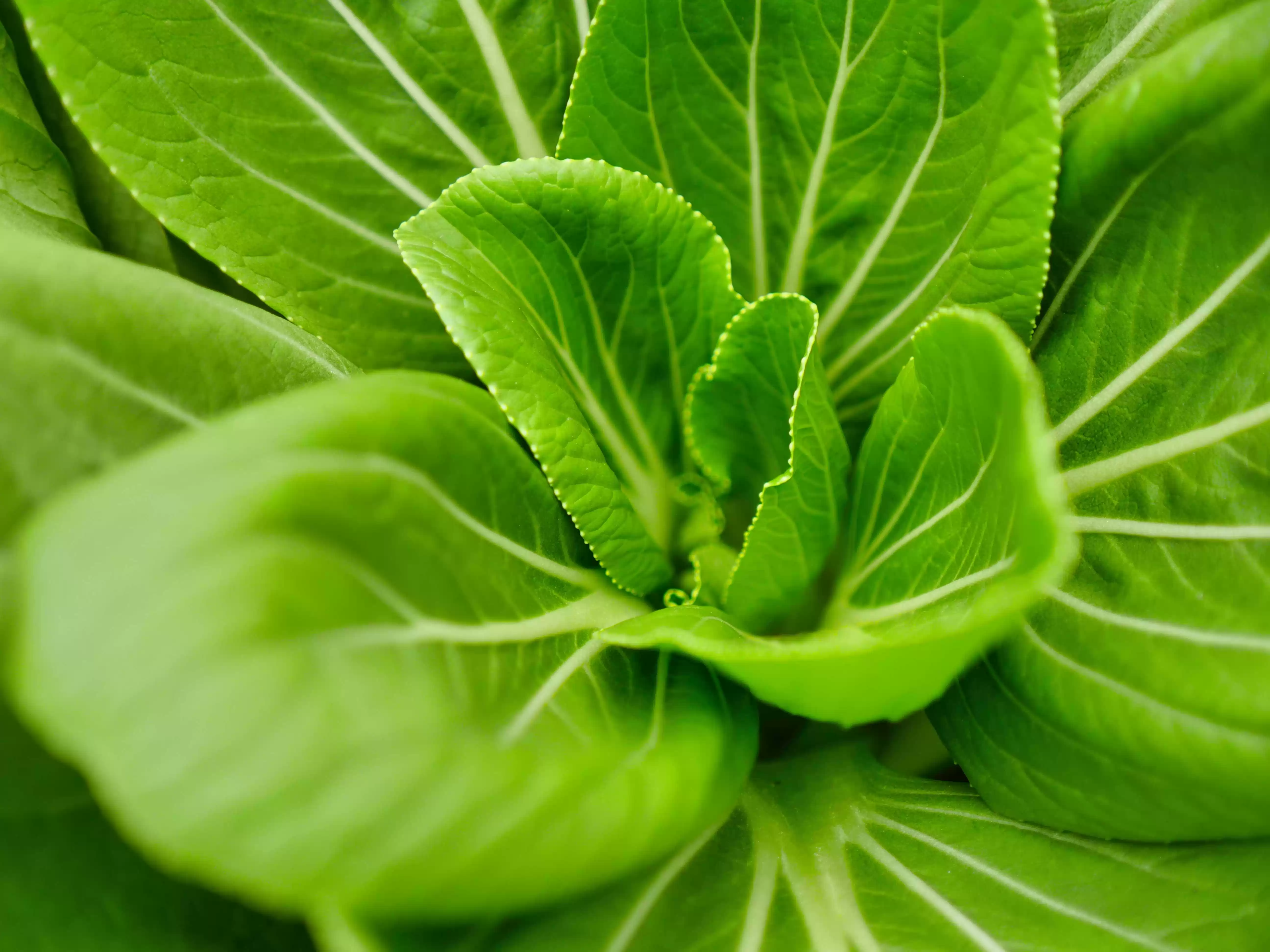




 Toopi Organics va industrialiser la production d'engrais à partir d'urine - 17/09/2023
Toopi Organics va industrialiser la production d'engrais à partir d'urine - 17/09/2023
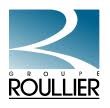 Roullier à Saint-Malo : le CA en hausse de 100 % en 4 ans - 11/04/2023
Roullier à Saint-Malo : le CA en hausse de 100 % en 4 ans - 11/04/2023
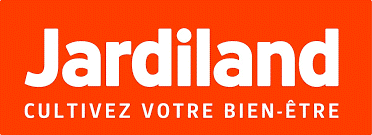 Jardiland: services clés en main pour l'entretien du jardin - 13/10/2022
Jardiland: services clés en main pour l'entretien du jardin - 13/10/2022
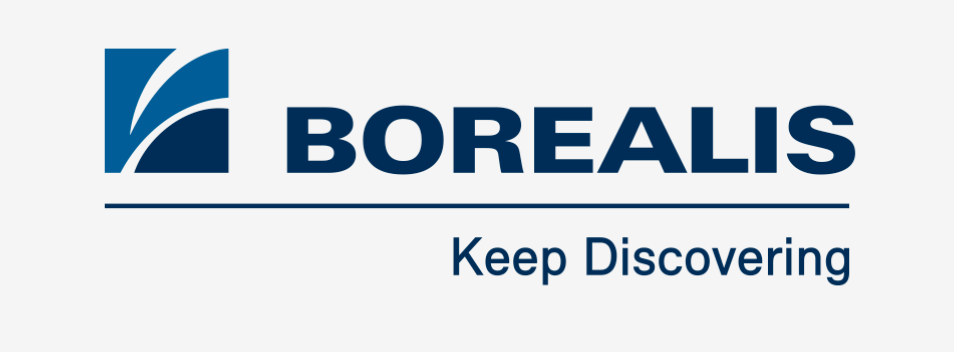 Engrais : la société Borealis prévoit de se séparer de sa filiale Rosier. - 13/06/2022
Engrais : la société Borealis prévoit de se séparer de sa filiale Rosier. - 13/06/2022
